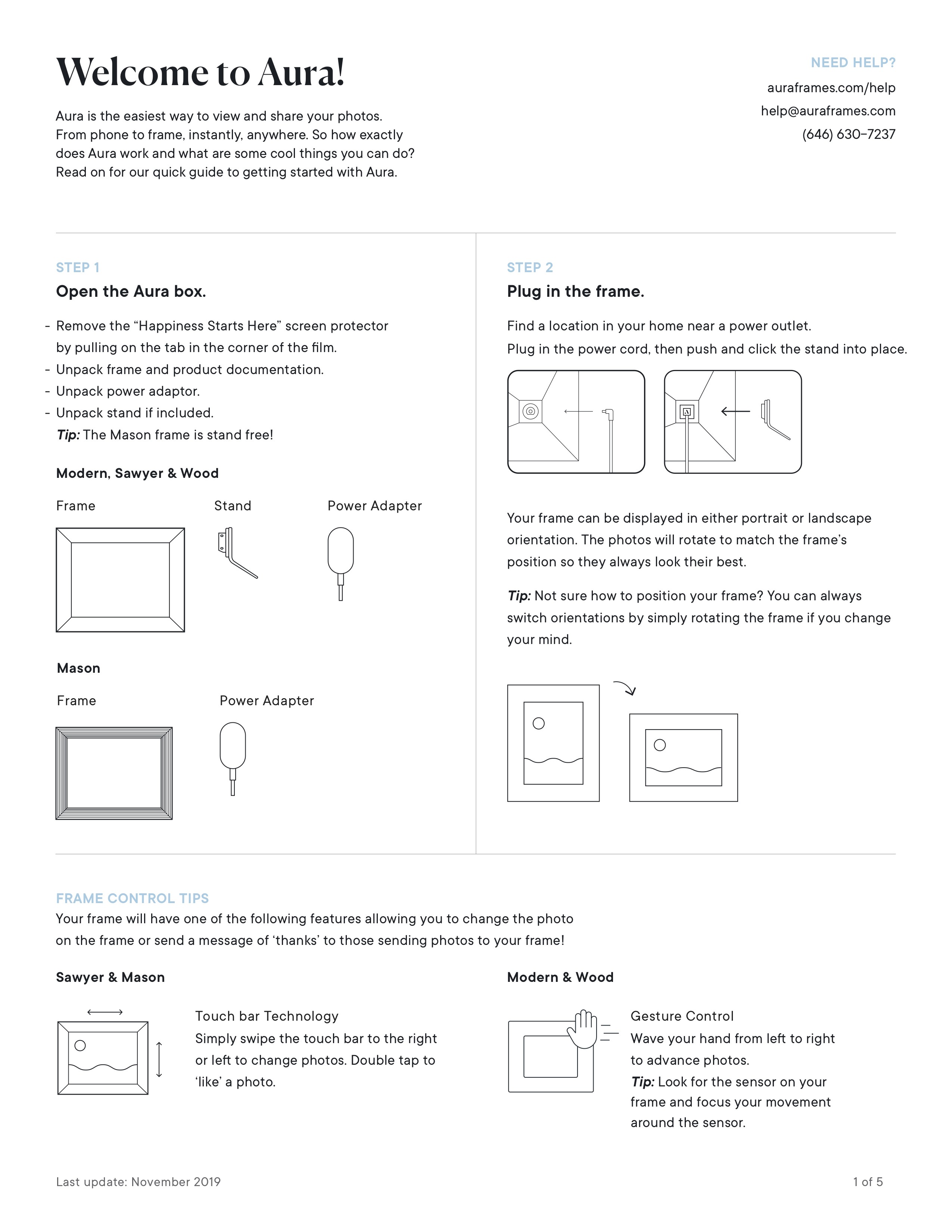

Lois Weber’s Suspense (1913) uses an innovative triangular split that still looks startling. The effect still seems mildly adventurous, though it has been around since the birth of cinema. Most of today’s cutting-edge directors have at some point used split-screen sequences in their films. Vortex could be Noé’s toughest watch yet – but this is due to its brutal honesty, and not because of the split-screen, which pays devastating emotional dividends. Second, that widescreen divides into two side-by-side images, shot simultaneously with two cameras, enabling us to watch as Lebrun’s character, stricken by dementia, meanders around their cluttered flat, while Argento’s, wrestling with health issues of his own, nixes their adult son’s suggestion they move into a care home.

First, the square-ish Academy ratio (1.37:1) of the serene prologue expands into a letterbox shape. But wait! If he doesn’t actually shag the frame here, he fiddles with it in two ways. When the soundtrack plays a lovely Françoise Hardy song, you wonder if Noé has mellowed. So it’s a surprise when his new film, Vortex, begins with an elderly married couple (played by Françoise Lebrun and Italian horror maestro Dario Argento) sitting serenely on their Paris balcony. Michael Bay once described his bombastic film-making style as “fucking the frame”, but if any director fornicates with the frame it must surely be Gaspar Noé, who blitzes us with flashing neon, 360-degree camera movements and intercourse closeups.


 0 kommentar(er)
0 kommentar(er)
